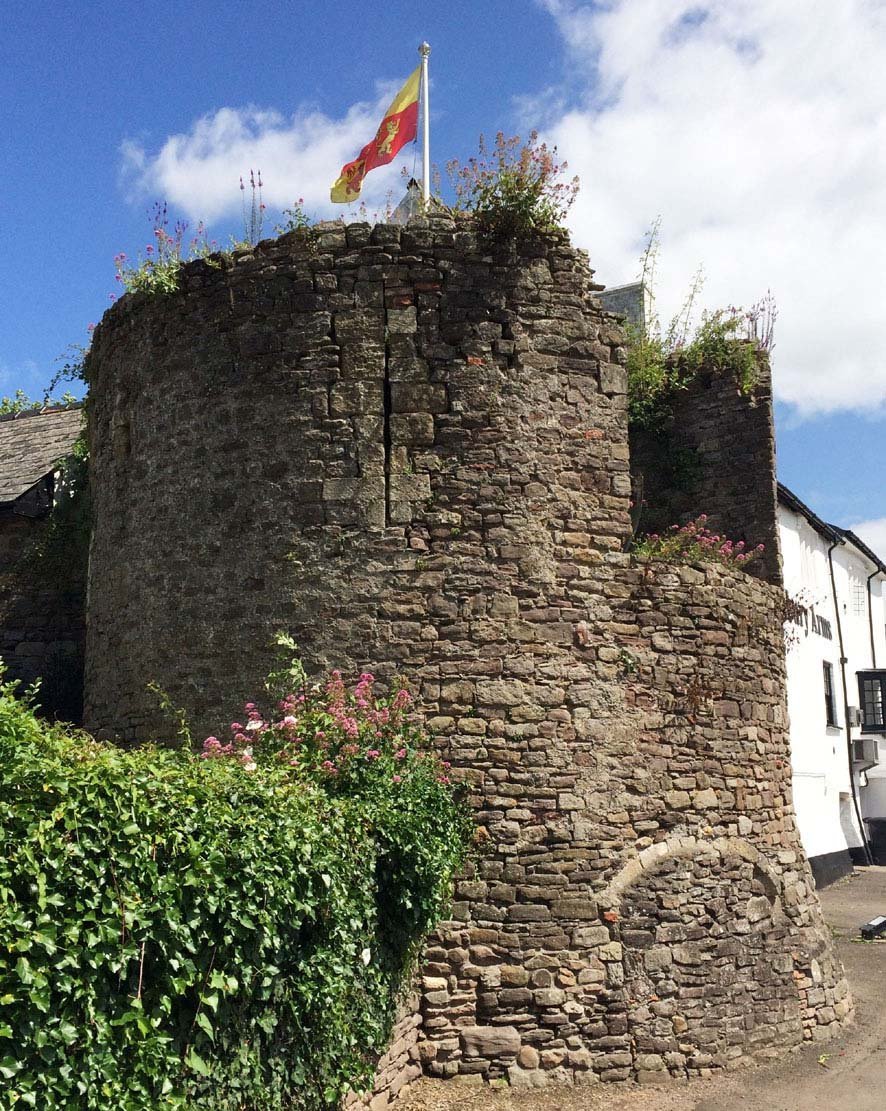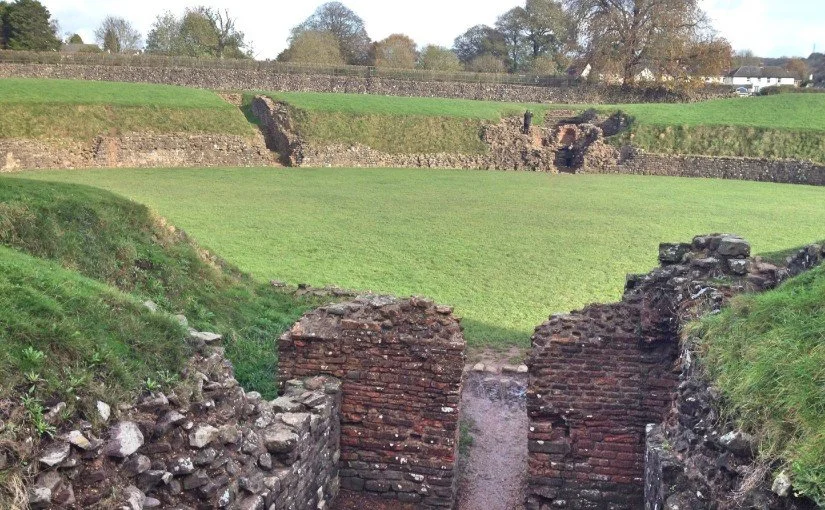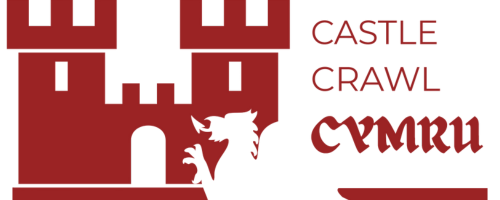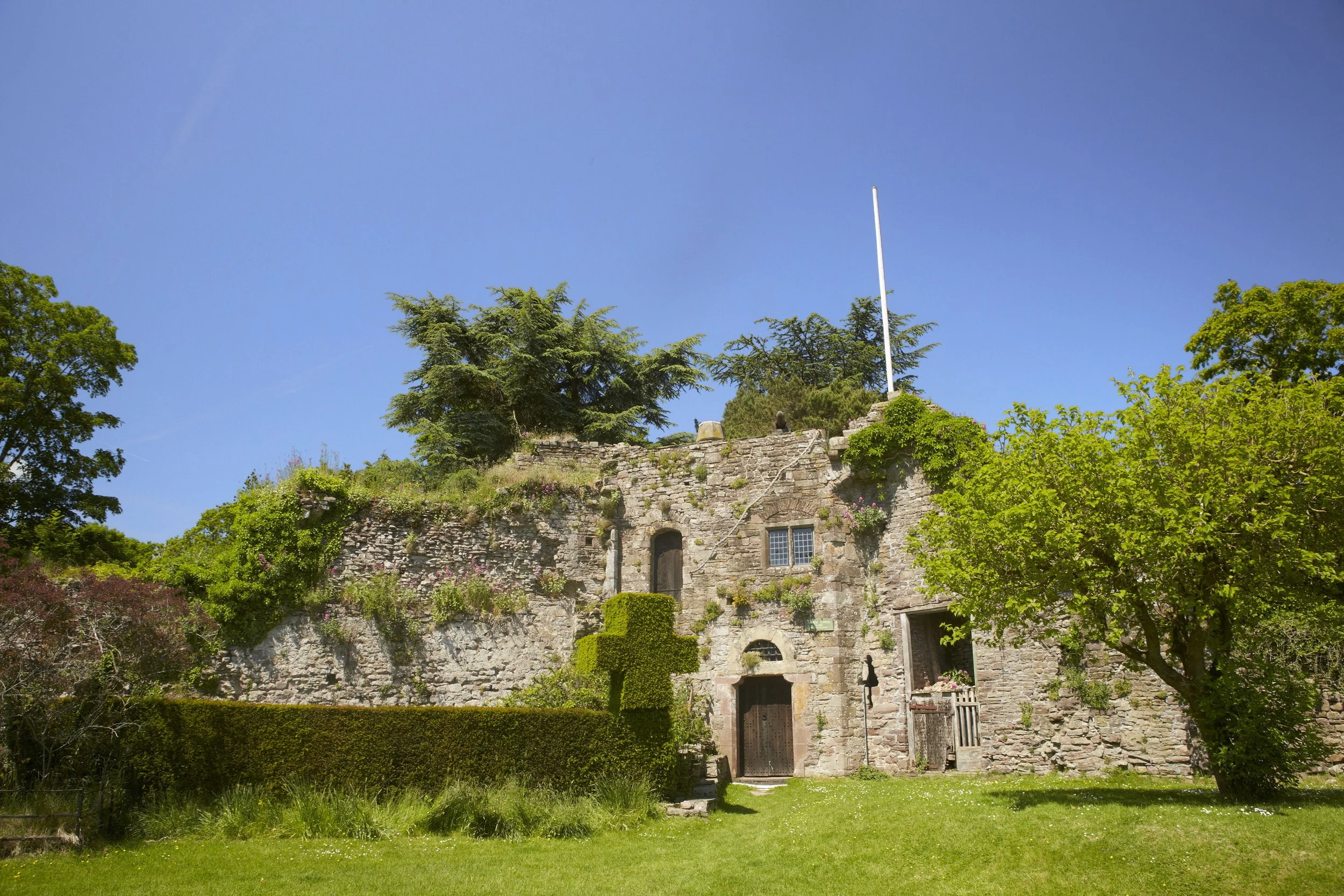Caerleon Castle | Visit Amazing Welsh Castles
Caerleon Castle was a likely medieval fortification in Caerleon, Newport, South Wales.
Believed to have been established by the Normans, or possibly a Welsh lord such as Caradog ap Gruffydd, to control key crossing points on the River Usk, the site may have played a role during the early phases of the Norman presence in Wales.
Today, only limited earthwork remains can be seen within the historic town, and the exact nature and extent of the medieval fortification remain uncertain.
Quick Facts
Location: Caerleon, Newport, South Wales
Possible Construction: Late 11th century (Norman period)
Castle Type: Likely motte-and-bailey (unconfirmed)
Condition: No visible structures; some earthworks present
Ownership: Protected as a scheduled monument; nearby Roman sites managed by Cadw
Brief History
Caerleon is best known for its extensive Roman fortress, Isca Augusta, but there is some evidence to suggest the Normans, or possibly a Welsh lord like Caradog ap Gruffydd, may have established a fortification here in the late 11th century. It is possible that a temporary motte-and-bailey-style stronghold was constructed around 1085 to consolidate control in South Wales. However, no definitive archaeological evidence of a Norman castle survives, and the identity of the builder remains uncertain.
During the medieval period, Caerleon remained strategically significant and changed hands between Welsh and Norman powers. While some historians have speculated about the reuse of earlier Roman defences for medieval purposes, there is currently no archaeological evidence confirming such reuse. By the 13th century, any such fortification had likely fallen into disuse.
Features and Layout (Speculative)
If a Norman castle did exist at Caerleon, it was likely a typical motte-and-bailey structure. The motte, an artificial mound, would have supported a timber keep for defense and oversight. Attached to it would have been a bailey, a courtyard enclosed by palisades and ditches, housing living quarters, storage, and stables.
Today, no castle structures survive. However, visitors can see earthworks in the area—especially near the Roman amphitheatre and fortress—which may relate to medieval re-use or defensive modifications. These features, combined with the site's layered history, offer a compelling glimpse into Caerleon’s complex past.
Did You Know?
During archaeological investigations at the site, Roman remains were discovered beneath the medieval-era layers. Caerleon was originally a Roman fortress named Isca Augusta, established almost a millennium before the Norman structure may have appeared.
Images




Legends and Stories
Local legend connects Caerleon to the legendary court of King Arthur. In the 12th century, chronicler Geoffrey of Monmouth famously described Caerleon as one of Arthur’s primary seats of power in his Historia Regum Britanniae. According to Geoffrey, Arthur held magnificent feasts and gatherings here, surrounded by knights, clerics, and nobles from across the realm.
While there is no archaeological evidence linking the castle or the Roman fortress directly to the historical Arthur, or confirming Camelot’s existence, the association has endured through centuries of Arthurian romance and literature. Today, this enduring myth continues to attract visitors curious about Caerleon’s legendary past.
Source:
Visit Newport. “Caerleon - The Roman Fortress and Arthurian Legend.”
Visiting
The castle now exists only as earthworks on public land, with free access at all times. While the earthwork remains are protected as a scheduled monument, they fall within the broader Caerleon historic area. Cadw manages nearby Roman sites such as the amphitheatre and baths.
For those exploring further, the nearby Roman Fortress and Baths are managed by Cadw. These are open daily from 10 am to 5 pm between 1 April and 31 March each year, with last entry at 4:30 pm.
Entry to the amphitheatre and castle earthworks is free, and dogs on leads are allowed in outdoor areas. Only assistance dogs may enter indoor sites such as the Roman Baths.
Parking is available via a pay‑and‑display car park adjacent to the Roman Fortress & Baths complex. There are public toilets on site, and a small visitor centre offering basic facilities and site information.
Nearby Attractions
Caerleon Roman Fortress and Baths
This well-preserved Roman site includes the remains of a large bathhouse and fort, offering informative displays and guided tours. Managed by Cadw, it is a short walk from the castle earthworks (cadw.gov.wales).
Caerleon Roman Amphitheatre
Situated close to the fortress, this outdoor amphitheatre could hold thousands of spectators and is one of the best examples of its kind in Britain. Entry is free and the site is open year-round (visitnewport.wales).
Newport Museum and Art Gallery
Located about 4 miles away in Newport city centre, this museum features local history exhibits and art collections, providing further insight into the region’s past (newport.gov.uk).
Visitor Tips
Wear sturdy shoes due to uneven ground
Bring a waterproof jacket in wet weather
Allow extra time for nearby Roman attractions
Dogs on leads are welcome outdoors, but not indoors
Free parking spaces can fill quickly, so arrive early
Toilets and basic visitor facilities are near the Roman Baths
Visit midweek to avoid weekend crowds
FAQs
-
Yes, entry to the castle earthworks is free.
-
Dogs on leads are welcome in outdoor areas, but not inside indoor historical buildings nearby.
-
Caerleon is easily accessible from Newport city centre via the B4596 road. Public buses also regularly serve Caerleon from Newport.
-
Basic facilities, including toilets, parking, and a visitor centre, are available near the adjacent Roman Fortress and Baths.
Wrapping it Up
This castle offers a glimpse into Norman military architecture through its surviving earthworks, though no standing structures remain, and much about the original fortification is still debated. Its historical importance lies in controlling strategic routes in South Wales during the early medieval period. While the exact builder remains unknown, the castle may have been established by Norman forces or a local Welsh lord around the late 11th century.
Today, the site’s interest lies in its layered history, where possible medieval features sit near the much older Roman fortress of Isca Augusta. Visitors often combine a walk to the earthworks with a tour of Caerleon’s Roman baths, amphitheatre, and museum, gaining a broader appreciation of the area's rich archaeological and cultural heritage.
Sources
Royal Commission on the Ancient and Historical Monuments of Wales (RCAHMW).
“Caerleon Castle Motte.”
Provided details on the classification of the site as a motte, its uncertain origins, and the absence of above-ground remains.
https://coflein.gov.uk/en/site/93291/Cadw.
“Scheduled Ancient Monument Report: Caerleon Castle Motte (MM008).”
Confirmed that the site is a scheduled earthwork not managed as a visitor attraction; included brief historical and condition summary.
https://cadwpublic-api.azurewebsites.net/reports/sam/FullReport?id=3303&lang=enCastle Wales.
“Caerleon Castle.”
Outlined speculative Norman origins, the possible use of a motte-and-bailey design, and historical decline.
http://www.castlewales.com/caerleon.htmlBritain Express.
“Caerleon Castle.”
Described remaining earthworks, historical uncertainty, and the proximity of the site to Roman remains.
https://www.britainexpress.com/attractions.htm?attraction=423Kiddle Encyclopedia.
“Caerleon.”
Referenced possible Norman involvement and Caradog ap Gruffydd in the early medieval fortification of Caerleon.
https://kids.kiddle.co/Caerleon




Cardiff Castle is a medieval and Victorian-era site in the centre of Cardiff, the capital of Wales.